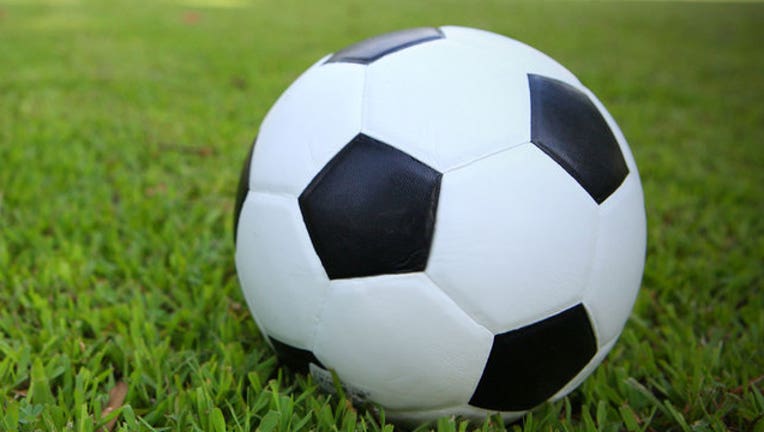US Soccer announces Recognize To Recover program

The United States Soccer Federation has outlined details of its new player health and safety initiative, which builds on the concussion protocol that was previously announced last month.
The wide-ranging campaign, dubbed Recognize To Recover, seeks to not only reduce injuries on the field but spread information and awareness about health and safety issues among coaches, referees, players and parents, especially at the youth level.
Last month, U.S. Soccer announced a suggested concussion protocol for its members, including a recommendation that headers be banned for players 10 and under and limited in practice for kids 11 to 13. The guidelines laid out new substitution rules that allow players with head injuries to be evaluated without penalty to the team.
The recommendations will be implemented by U.S. youth national teams and at the player development academy starting in January. However, teams will continue to be bound by the rules of the competitions they take part in.
The concussion guidelines were initially released as the USSF announced the settlement of a class-action lawsuit brought in California by a group of youth players and parents. The suit named FIFA and the USSF as defendants along with the U.S. Youth Soccer Association, American Youth Soccer Organization, US Club Soccer and the California Youth Soccer Association. A judge later dismissed the case against FIFA.
The USSF said it has been developing the "R2R" campaign for the past 18 months. In addition to concussion guidelines, the campaign seeks to addresses other concerns, including heat-related illness, dehydration and heart health.
"As the national governing body of our sport, U.S. Soccer is committed to being the leader in lasting change that has a positive impact on the game," U.S. Soccer President Sunil Gulati said in a statement. "We created Recognize to Recover to elevate player health and safety and bring players, coaches, parents and officials together to help ensure safe play at all levels of our sport."
The header ban drew much of the attention when the guidelines were released. U.S. Soccer Chief Medical Officer George Chiampas stressed that headers by themselves don't necessarily cause concussions — but that collisions and injury can occur in aerial challenges, the act of going up for a header or defending it.
Princeton's Dr. Margot Putukian, of the U.S. Soccer Medical Committee, explained the rationale in a conference call with reporters Wednesday, saying the organization looked at a commonsense way to prevent injury.
"In other contact sports like American football, you can do that by saying 'We're going to limit the amount of full-contact practices.' For a sport like soccer we're trying to find ways to draw analogies to say, 'How can we pull away from the high-risk behaviors in the sport as it relates to concussion?' That's where the aerial challenges and specifically heading came into play."
Both doctors emphasized that the recommendations are fluid and subject to change as the science of sport injury evolves.
"This is a big, bold step for soccer in the United States," Chiampas said. "And the decision to make those changes for the safety of our players is of utmost importance."

